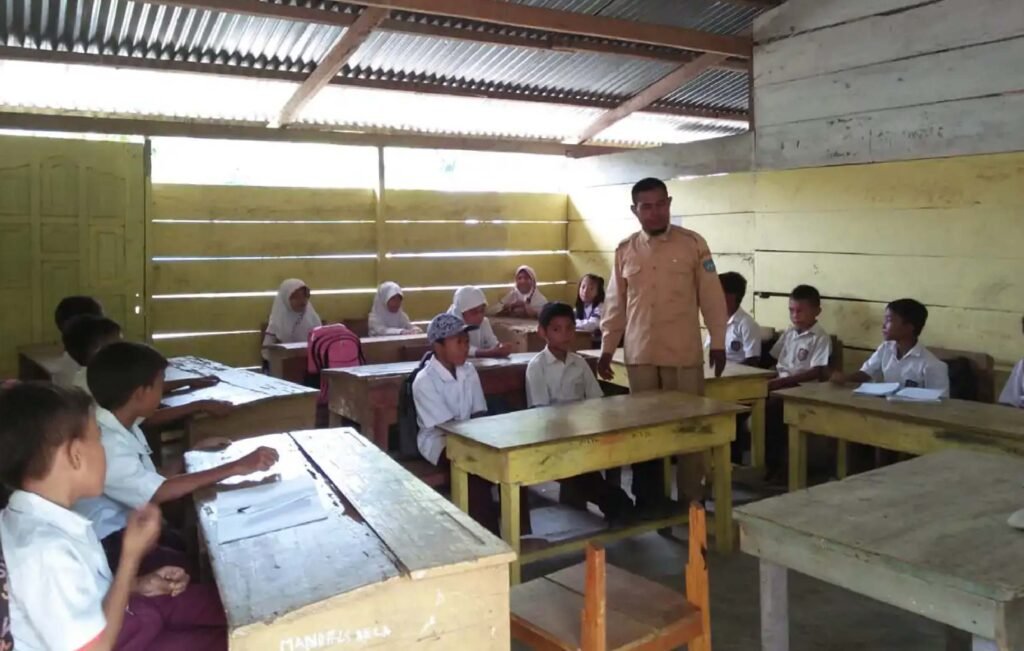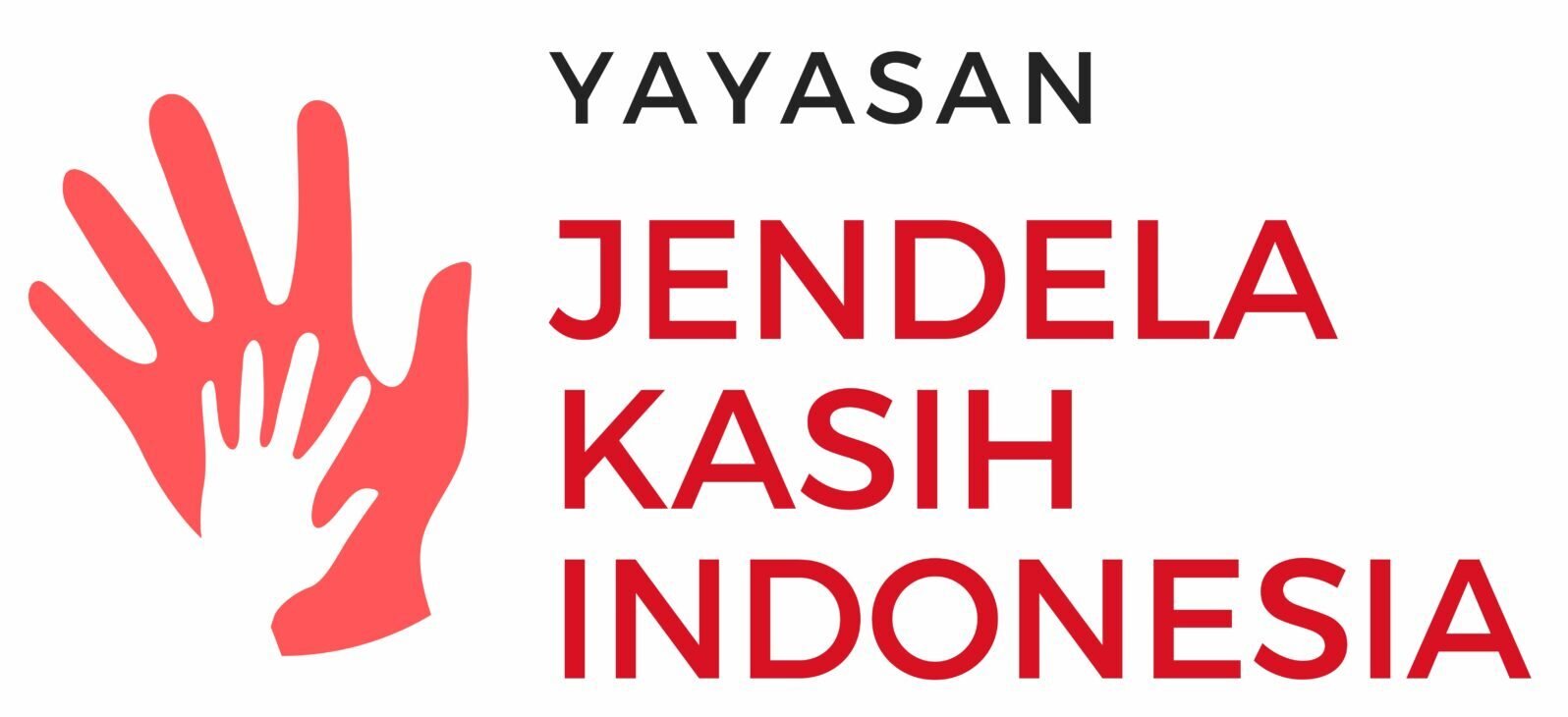Improving Access to Education in Remote Areas: Challenges and Solutions

Improving Access to Education in Remote Areas: Challenges and Solutions
Education is a fundamental right that every citizen should have access to, yet in reality, access to quality education in Indonesia remains uneven. Particularly in remote areas located in the country’s rural or isolated regions, access to quality education remains one of the biggest challenges. According to data from the Central Statistics Agency (BPS), many regions in Indonesia still suffer from high dropout rates and low education quality, especially in areas with limited access.
This article will discuss the challenges faced in improving access to education in remote areas and propose several solutions to address them.
Challenges in Accessing Education in Remote Areas
1. Limited Infrastructure and Educational Facilities
One of the biggest challenges in improving access to education in remote areas is the lack of infrastructure and educational facilities. Many remote areas lack schools with adequate facilities, such as proper classrooms, sufficient teaching materials, and even damaged school buildings. As a result, the teaching and learning process becomes less optimal, and many children in these areas are forced to travel long distances to attend the nearest school.
This limitation also causes many areas to lack adequate secondary schools or further education institutions, which ultimately contributes to the high dropout rates in remote regions.
2. Lack of Competent Educators
Another significant issue in remote areas is the shortage of competent and trained teachers. Many teachers in these regions do not have sufficient educational backgrounds or even qualifications to teach. This diminishes the quality of education received by students and worsens the education gap between urban and rural areas.
In addition, teachers in remote areas often face difficult conditions, such as lack of facilities, teaching resources, and low salaries. This can lead to demotivation, causing teachers to not deliver their lessons effectively.
3. Geographical Challenges and Transportation Accessibility
A large portion of remote areas in Indonesia are located in hard-to-reach regions. The limited transportation infrastructure makes it difficult for students to reach schools every day. In some regions, children have to walk for hours to get to the nearest school, which is clearly burdensome, especially for those living in areas with tough terrains or extreme weather conditions.
This issue not only hinders access to education but also decreases students’ enthusiasm to learn as they become tired and overwhelmed by the harsh conditions. Parents are also reluctant to send their children to school if the transportation access is too difficult.
4. Poverty and Economic Limitations
Poverty is a major factor affecting access to education in remote areas. Many families struggle to afford education-related expenses, such as books, uniforms, and transportation costs. Some children are even forced to help their parents with work in order to meet basic needs, leading them to drop out of school.
Education is often viewed as an extra expense that can be postponed when basic necessities such as food and clothing are more urgent. As a result, children in remote areas often remain trapped in a cycle of poverty, and education becomes something that is difficult to attain.
5. Limited Access to Technology
In this digital age, technology plays an important role in the educational process. However, many remote areas still face severe limitations in terms of access to technology. Not all schools have sufficient computers or internet access to support technology-based learning. In some areas, electricity and telecommunications networks remain problematic.
This lack of technological access prevents students in remote areas from obtaining information and learning materials comparable to students in urban areas, who can easily access a wide range of online resources.
Solutions for Improving Access to Education in Remote Areas
1. Infrastructure Development and Educational Facilities
The first solution that needs to be implemented is improving infrastructure and educational facilities in remote areas. The government and private sector should collaborate to build and repair existing school buildings, as well as provide supporting facilities such as proper classrooms, libraries, laboratories, and access to clean water.
Additionally, more attention should be given to building schools in remote areas so that children do not have to travel long distances to access education. Utilizing technology, such as online schools or distance learning, can also be a solution for areas that are difficult to reach.
2. Enhancing the Quality and Distribution of Educators
To address the shortage of teachers, the government can implement training and education programs for teachers in remote areas. The government can also provide incentives for teachers who are willing to be posted in remote regions, such as special allowances, accommodation facilities, and ongoing professional development to enhance their teaching skills.
Furthermore, internship programs and professional development for teachers should be introduced to improve the quality of education in these areas.
3. Improving Transportation Access
The government needs to improve transportation access in remote areas by building better roads and providing affordable and safe public transport for students. In some regions, “school transport” programs or vehicles that can take students to school might be a temporary solution.
This program could collaborate with local governments and the private sector to ensure that children are not hindered from receiving education due to transportation barriers.
4. Scholarships and Economic Assistance Programs
To address the issue of poverty, the government and social organizations can provide scholarships or financial assistance to underprivileged families to support their children’s education. Direct assistance programs covering school fees, books, uniforms, and transportation would be immensely helpful to poor families, enabling their children to continue their education.
Additionally, vocational training programs or partnerships with the business sector to provide employment opportunities for graduates in remote areas could help reduce dropout rates.
5. Leveraging Technology in Education
To bridge the technology gap, the government needs to provide internet infrastructure and technological devices for education in remote areas. Introducing digital learning programs such as “online classes” could help students in remote areas access materials that are equal to those available to students in big cities.
Providing tablets, computers, or smartphones for students and teachers in remote areas could be an initial step in reducing the information and education gap.
Conclusion
Improving access to education in remote areas is a major challenge that requires collaboration between the government, communities, and the private sector. Various challenges, such as limited infrastructure, a lack of qualified teachers, poor transportation access, and economic issues, must be addressed with concrete steps. With the right solutions, such as improving educational infrastructure, empowering teachers, enhancing transportation access, and providing economic support, the education gap between urban and rural areas can be narrowed. Every child in Indonesia, particularly those in remote regions, deserves access to quality education, and with collaborative efforts, this goal can be achieved.
